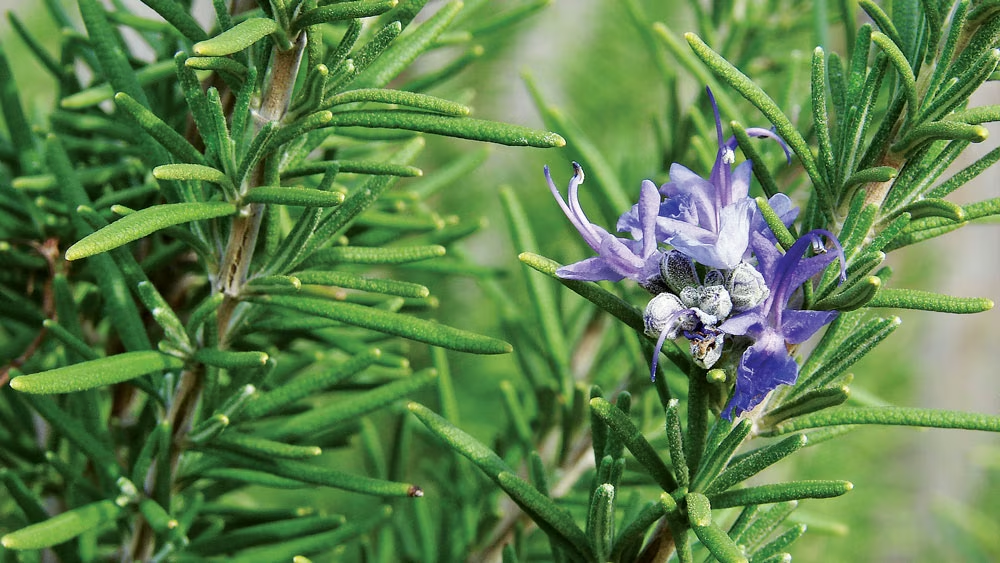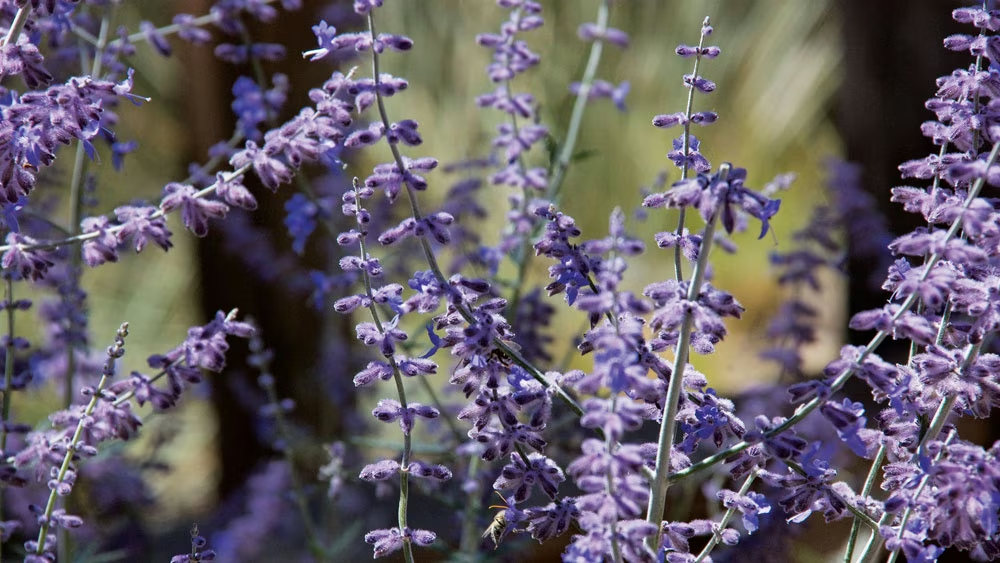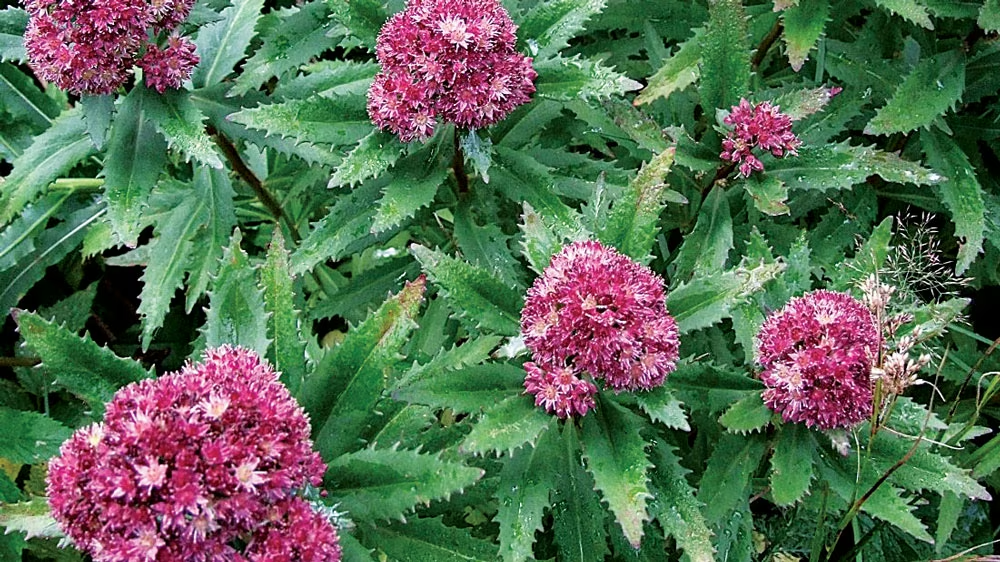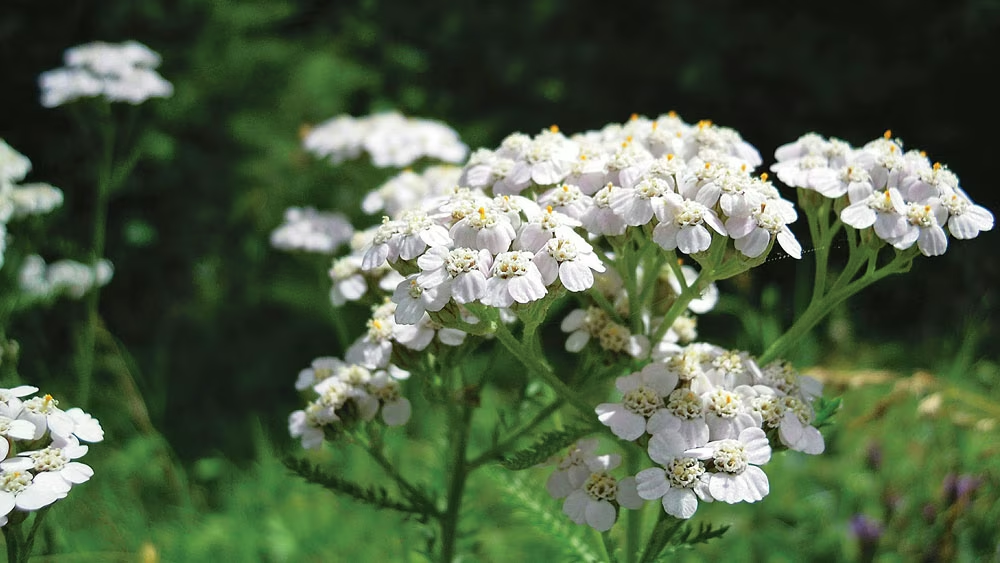
Whether you reside along the banks of a river or hundreds of miles from the nearest lake, you’re likely more aware of water conservation than ever. Variations in weather patterns and ongoing droughts have highlighted the importance of making the most of our water resources, no matter where we live.
But does restricting your water usage mean that your dream log home is stuck with a landscape that’s full of cactus, rocks and crunchy grass? Not at all.
With some tips picked up from xeriscaping — a gardening technique focusing on efficient water use — you can have lush, vibrant gardens, without draining the well or your bank account.
For example, every 10-by-10-foot area of grass requires 62 gallons of water to be thoroughly irrigated.During dry conditions, that translates to a daily soaking. If your lawn is a half-acre or more, that adds up to thousands of gallons weekly, and your yard may still be plagued with dead patches.
Depending on where you live, the source of your water and the size of your property, water usage could cost between $150 to $200 every week. Save the water, save your funds and save your sanity. With conservation, you may be able to skip the hose altogether, even in arid conditions. Try these three handy tricks:
1. Get the smart plants.
There’s a reason some plants are able to survive droughts, even ones that last for years: They’ve developed clever ways of coping with water shortages. For example, many types of prairie grasses have extremely deep root systems, allowing them to stay hydrated while others wilt. Some plants, like hens and chicks, have plump leaves that store water until needed.
2. Consult the locals.
To determine which plants work best in your region, it’s time to start chatting. Pam Penick, author of The Water-Saving Garden, suggests that homeowners talk to experts at local nurseries (as opposed to big-box stores) about the specifics of a particular region.
“Fill your garden with plants that thrive on natural rainfall and need supplemental watering only when it’s abnormally dry,” she notes. People who garden locally can easily identify the best options.
3. Direct the water flow.
Not in a drought? Fantastic! But even with adequate rainfall, water conservation is important, and that’s where directing water flow can be helpful. For example, you can create deep contours along the edge of a planted area, or develop berms (raised barriers that separate garden zones) so that no water is wasted. Rainwater collection can be as easy as strategic bucket placement, according to Diana Maranhao, author of Water-Smart Gardening.
“After that, you’ll be able to use the rainwater where and when you need it,” she says.
Hard-core conservationists take the time to install more elaborate water-catchment systems, which channel rain runoff from the roof, through downspouts and into storage containers that can hold hundreds of gallons of H2O for future use. No matter where your log home location might be, a few simple choices when it comes to plant selection and water flow can turn you into a conservation pro.
What to Plant
Those who don’t understand xeriscaping sometimes refer to it as “zero-scaping,” wrongfully assuming that your choices are limited to dull rocks and prickly cacti. Not true, as these lovely, colorful and drought-tolerant blooms prove. Best of all, most are hardy in every climate zone in the continental U.S.
Artemisia
Also called wormwood. Perennial with silvery foliage. Some varieties spread up to 3 feet, making great groundcover. Can be used as a medicinal or culinary herb.

The Four Fundamentals of Xeriscaping
For a drought-tolerant garden that thrives, there are four key things you should to do to prepare:
1. Compost
Whether your soil is sandy, clay or in between, apply 2 inches of compost to your garden every year. It will aid in water retention and improve rooting conditions.
2. Mulch
A few inches of shredded bark will help keep water-sucking weeds at bay.
3. Terraces
Avoid water runoff with a terraced landscape, or create the illusion of one by planting borders of ground cover.
4. Appropriate plants
There are more choices than you think!




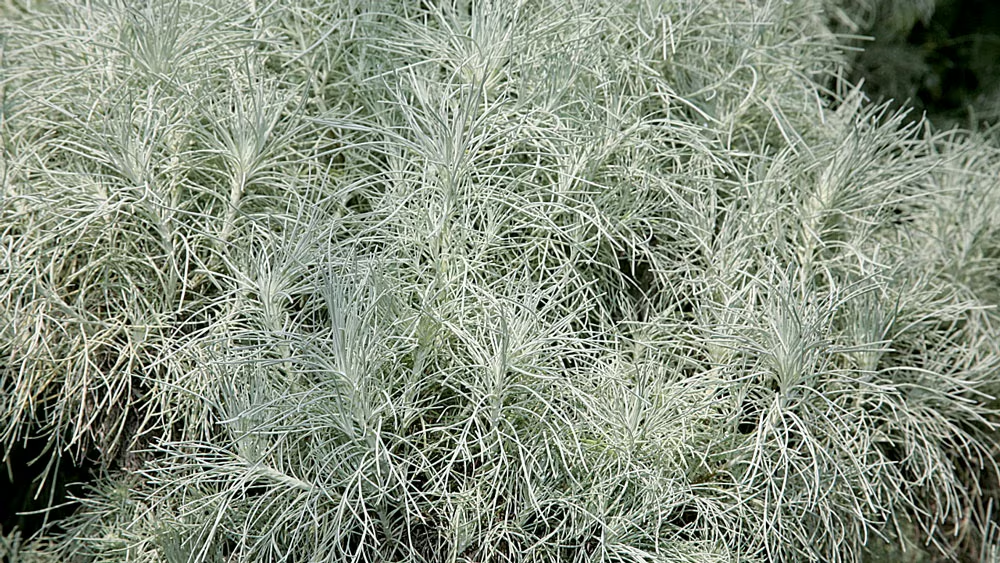
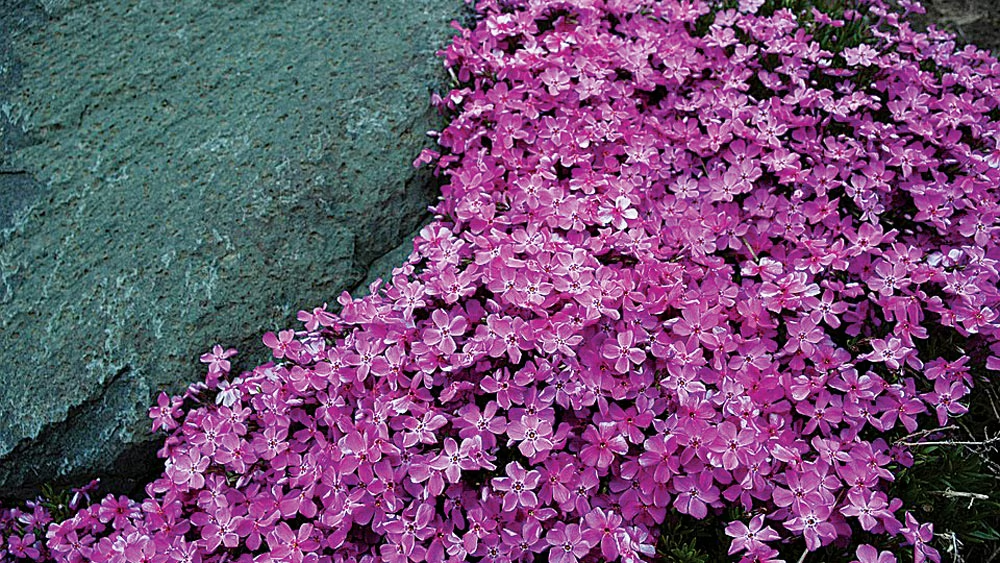
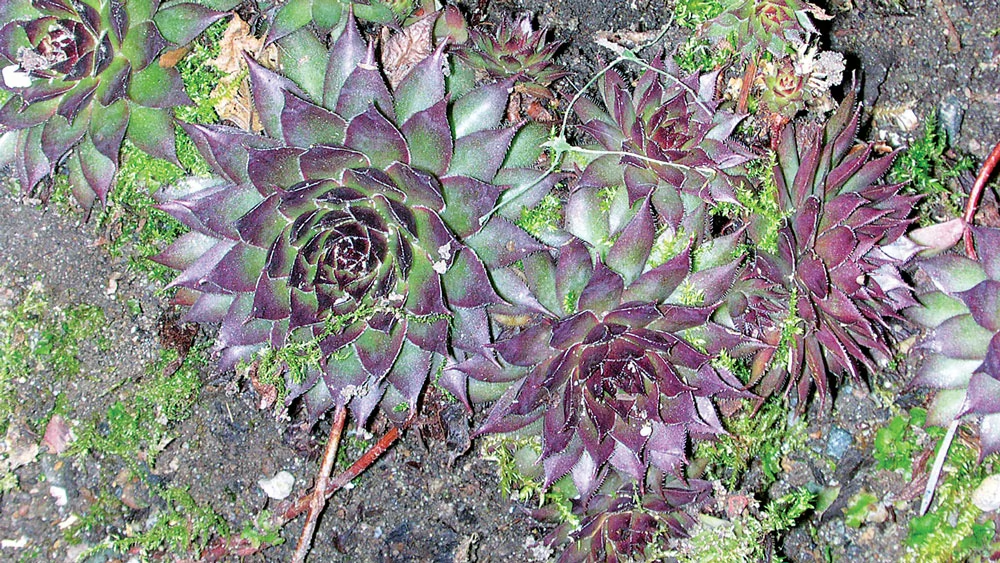
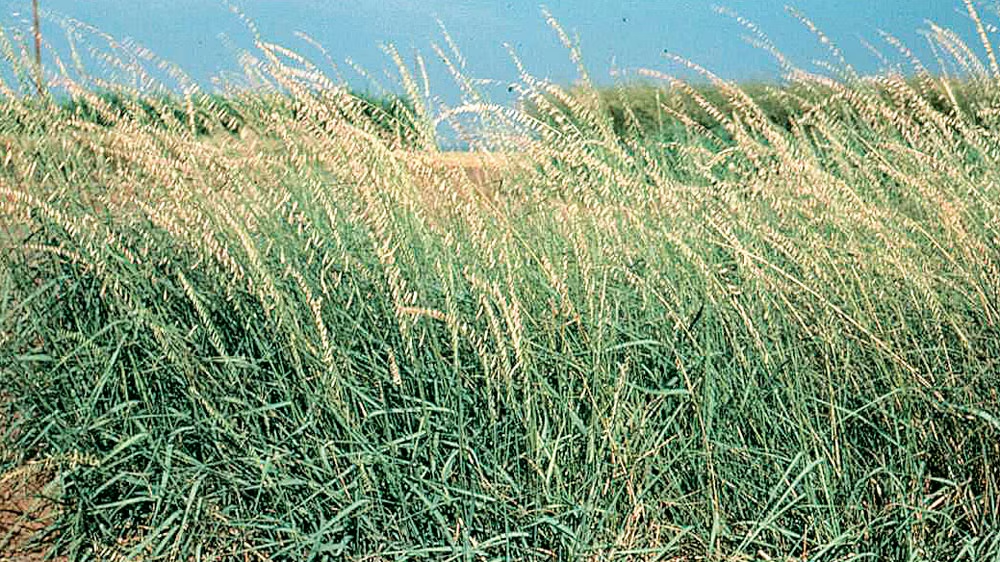
-1_11868_2023-09-14_13-31-1280x720.avif)
